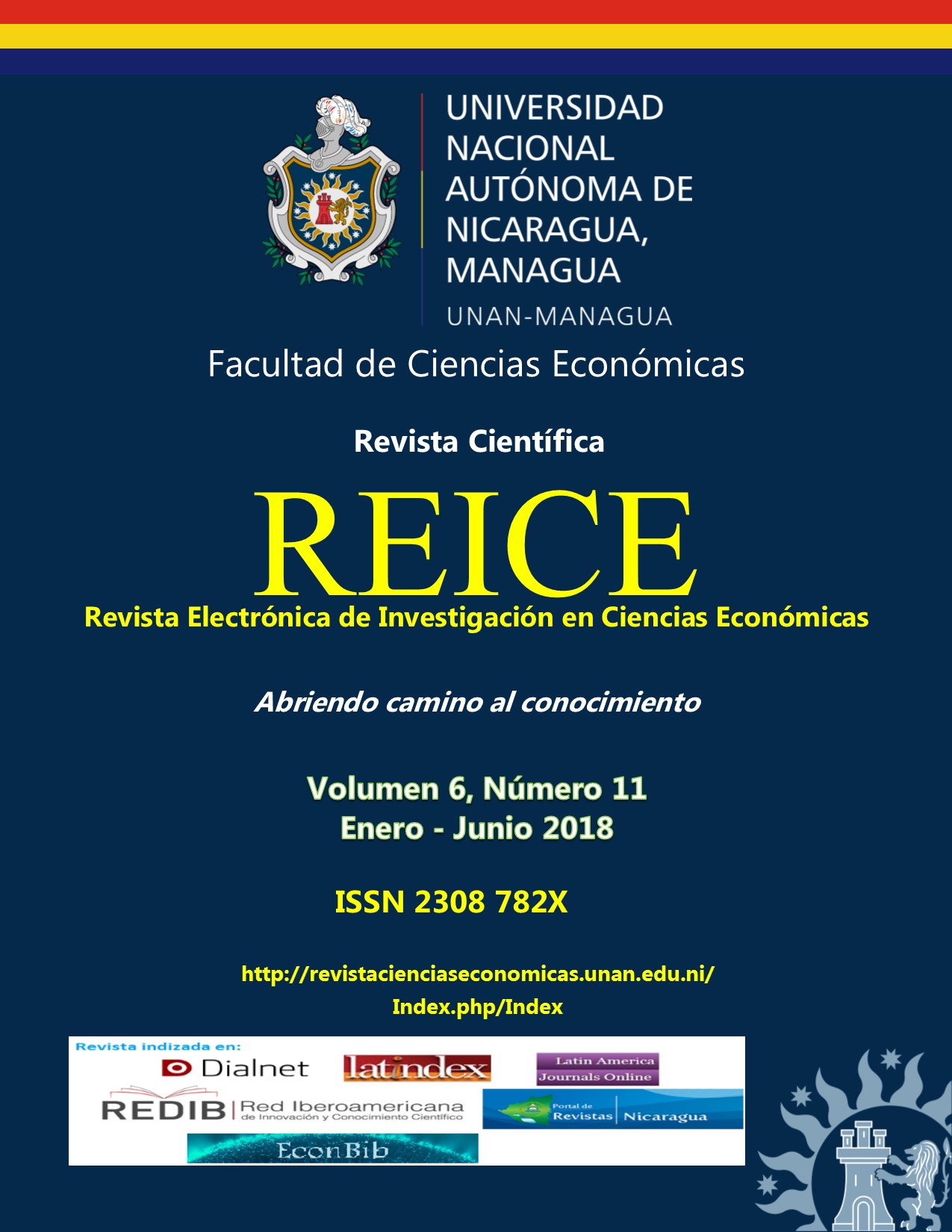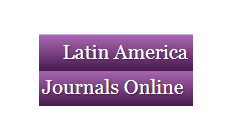Analysis of sociocultural indicators of rural development in the Santa Rita community, Masatepe-Masaya, 2017
DOI:
https://doi.org/10.5377/reice.v6i11.6144Keywords:
Sustainable rural development, indicators, sociocultural dimension, sustainability, Santa Rita.Abstract
This article investigates the experiences of other authors who take care about the management of indicators that can give treatment to the socio-cultural dimension of sustainable rural development (dimension that corresponds to the human part of sustainability) and, from this, explore the level of development of the peasant community Santa Rita, located in the municipality of Masatepe, department of Masaya. To achieve these purpose bibliographic resources according to the subject and a qualitative-quantitative methodology were used, making use of surveys and interviews in the aforementioned context. The results showed that 42% of the families of Santa Rita are engaged in agricultural production, however, due to the situation of land tenure, vulnerability to climatic externalities and the accustomed use in large quantities of agrochemicals, this activity is an unsustainable one, reflected in the percentage of emigration, which indicates that in 54% of the local families, at least one family member has had to emigrate in the last 20 years to get a job.Downloads
Download data is not yet available.
Published
2018-07-09
How to Cite
Torres Obando, J. O. (2018). Analysis of sociocultural indicators of rural development in the Santa Rita community, Masatepe-Masaya, 2017. Revista Electrónica De Investigación En Ciencias Economicas, 6(11), 01–20. https://doi.org/10.5377/reice.v6i11.6144
Issue
Section
Research Articles



